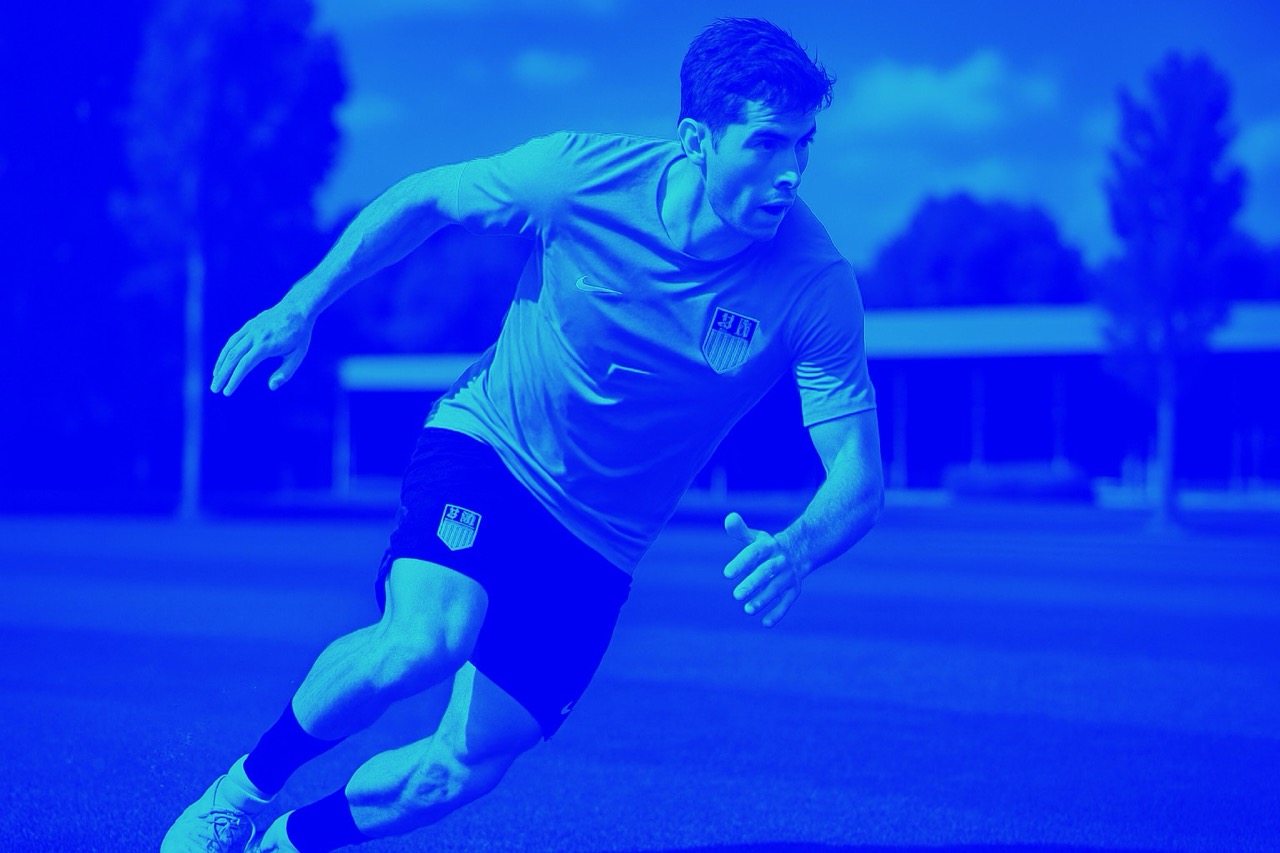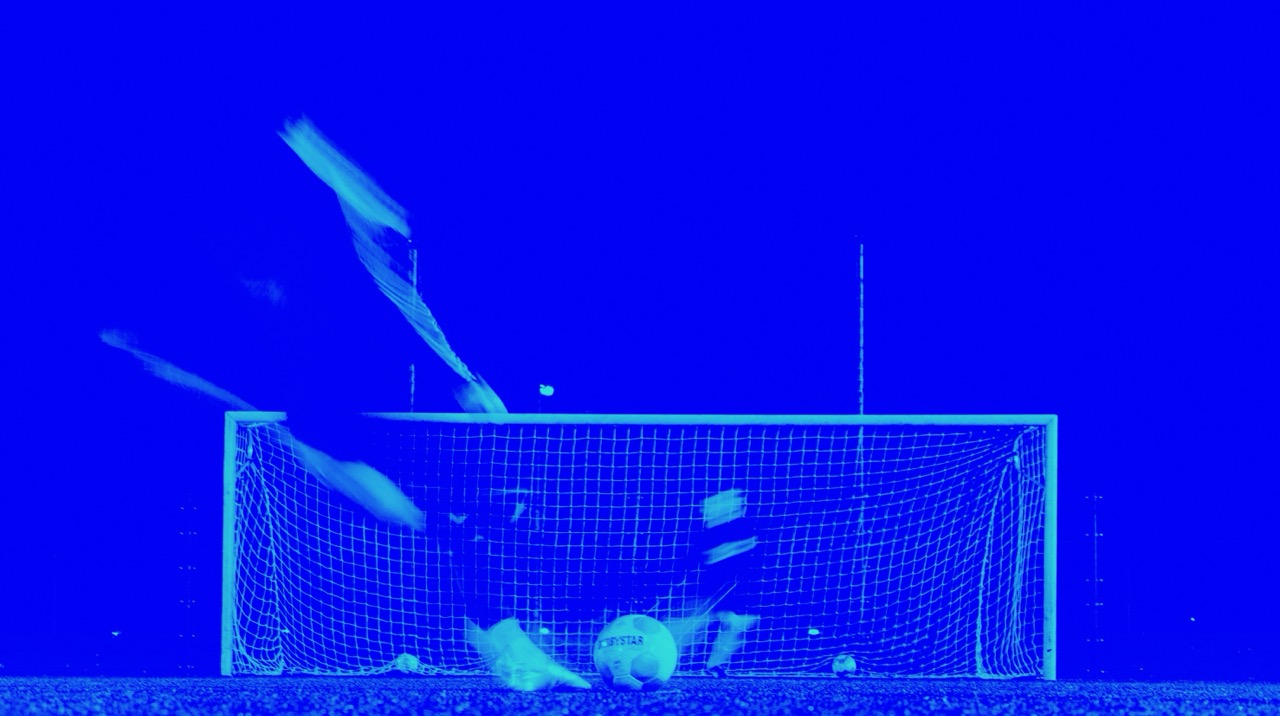Anaerobic Speed/Power Reserve and Sport Performance: Scientific Basis, Current Applications and Future Directions
Sandford, G., Laursen, PB., and Buchheit M. Anaerobic Speed/Power Reserve and Sport Performance: Scientific Basis, Current Applications and Future Directions. August 2021, Sports Medicine, DO: 10.1007/s40279-021-01523-9
Full text here

Abstract
Many individual and team sport events require extended periods of exercise above the speed or power associated with maximal oxygen uptake (i.e., maximal aerobic speed/power, MAS/MAP). In absence of valid and reliable measures of anaerobic metabolism, the anaerobic speed/power reserve (ASR/APR) concept, defined as the difference between an athlete’s MAS/MAP and their maximal sprinting speed (MSS)/peak power (MPP), advances our understanding of athlete tolerance to high speed/power efforts in this range. When exercising at speeds above MAS/MAP, what likely matters most, irrespective of athlete profile or locomotor mode, is the proportion of the ASR/APR used, rather than the more commonly used reference to percent MAS/MAP. The locomotor construct of ASR/APR offers numerous underexplored opportunities. In particular, how differences in underlying athlete profiles (e.g. fiber typology) impact the training response for different ‘speed’, ‘endurance’ or ‘hybrid’ profiles is now emerging. Such an individualized approach to athlete training may be necessary to avoid ‘maladaptive’ or ‘non-responses’. As a starting point for coaches and practitioners, we recommend upfront locomotor profiling to guide training content at both the macro (understanding athlete profile variability and training model selection, e.g annual periodization) and micro levels (weekly daily planning of individual workouts, e.g short vs long intervals vs repeated sprint training and recovery time between workouts). More specifically, we argue that high-intensity interval training formats should be tailored to the locomotor profile accordingly. New focus and appreciation for the ASR/APR is required to individualise training appropriately so as to maximise athlete preparation for elite competition.
Key Points
- From just two landmarks (maximal aerobic speed or power and maximal sprinting speed or peak power) the anaerobic speed and power reserve (ASR/APR) can be used to estimate athlete tolerance to high-intensity exercise. What likely matters the most, irrespective of athlete profile or locomotor mode when exercising at intensities beyond MAS/MAP, is how much of the ASR/APR is used, rather than the relative intensity in relation to MAS.
- Underpinning differences in athlete biological profile (e.g muscle fiber typology) can be quasi-estimated from the ASR/APR. The locomotor profile differences can be used to guide both macro (annual training plan) and micro (weekly training workout design) decision making to reduce non-responder occurrence through upfront tailoring of training content relative to the athlete’s physiology.
- Training prescription as a proportion of ASR/APR is an important future research direction needed to determine whether individualising, by accounting for ASR/APR differences, leads to more uniform physiological stress and subsequent adaptation across diverse athlete profiles on a longitudinal basis.









